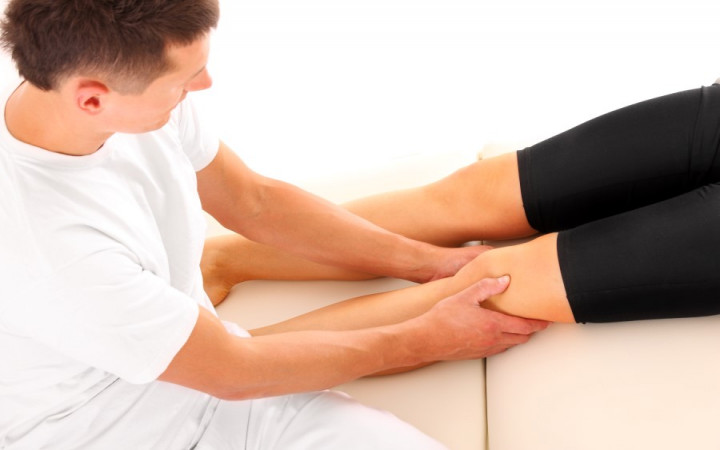Today’s Wonder of the Day was inspired by simon. simon Wonders, “What is a shin splint?” Thanks for WONDERing with us, simon!
Do you play sports? Do you do a lot of running? If so, chances are you may have experienced pain in your legs from time to time. It’s common early in the season or if you don’t warm up enough. You may feel pain in the muscles on the fronts and sides of your legs. Sometimes the pain can be so bad that you can’t keep exercising.
What are we talking about? Shin splints! And they hurt! If you’ve ever had shin splints, you know how painful they can be. They often feel like a dull, aching, throbbing pain in the legs. They may continue even after you stop exercising. Shin splints can sideline an athlete for several days or weeks.
The shin bone — called the tibia — is the large bone in the front of the lower part of your leg. When you feel pain along the shin bone or just behind it, you may have shin splints. Doctors call this condition medial tibial stress syndrome.
What causes shin splints? Often, they’re caused by too much force or stress on the shin bone and the surrounding tissues. Runners often experience shin splints. So do athletes in other sports with lots of running, such as soccer and basketball.
The stress that causes shin splints can happen for many reasons. Overuse is one common cause. Running too much or increasing intensity or distance too soon can result in shin splints.
Running on hard surfaces can also help cause shin splints. Other factors can include having flat feet, stress fractures, or swollen muscles.
Fortunately, shin splints can often be cured with simple measures. For example, icing your shins, taking over-the-counter pain relievers, and getting extra rest will often heal shin splints in a matter of a few days.
If overuse is an issue, cutting back on your intensity or distance for a while can help. Likewise, running on a softer surface may also improve shin splints.
Other times, doctors are needed to treat the underlying factors causing shin splints. You may want to consult a doctor if shin splints persist. They can help you get back to an active lifestyle more quickly.
Standards: CCRA.L.3, CCRA.L.6, CCRA.R.1, CCRA.R.2, CCRA.R.4, CCRA.R.10, CCRA.SL.1, CCRA.W.2, CCRA.L.1, CCRA.L.2, CCRA.W.8




